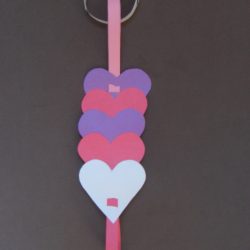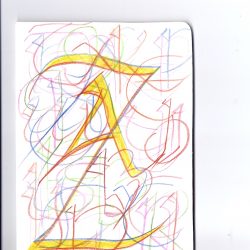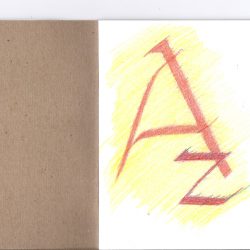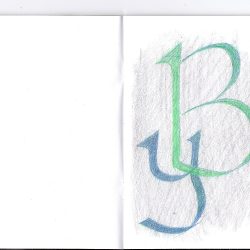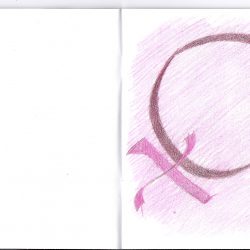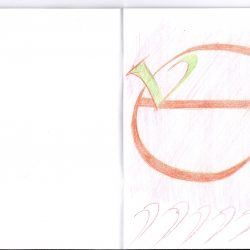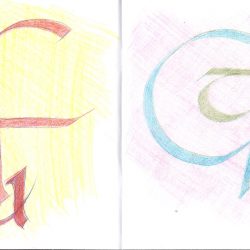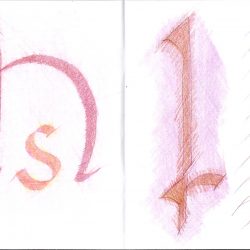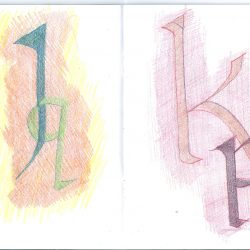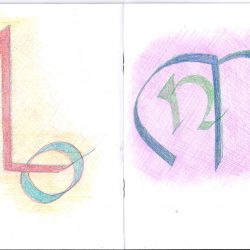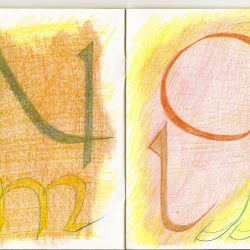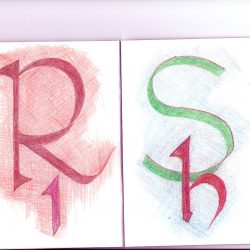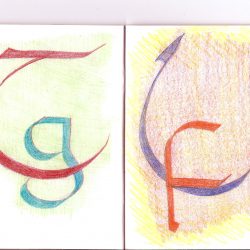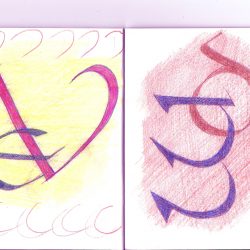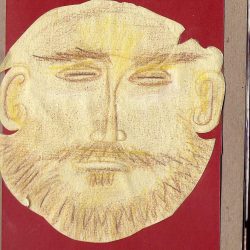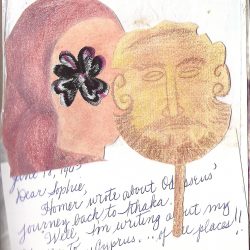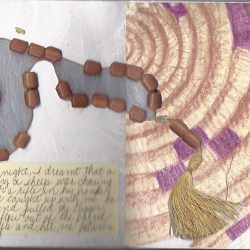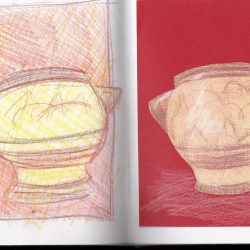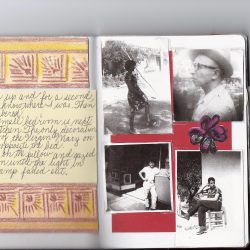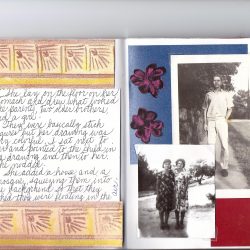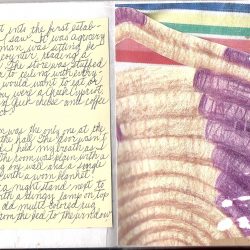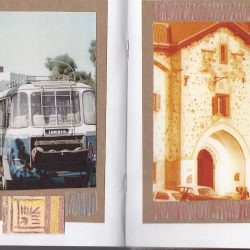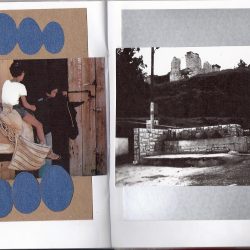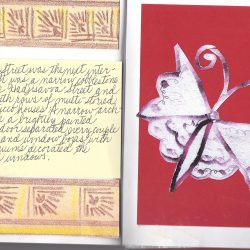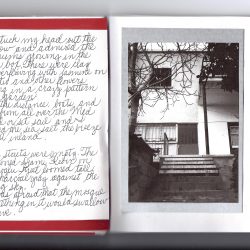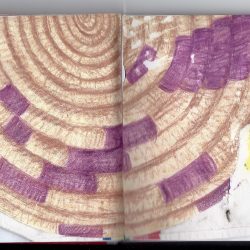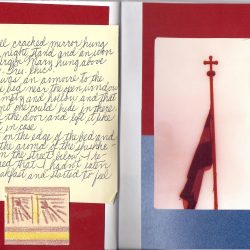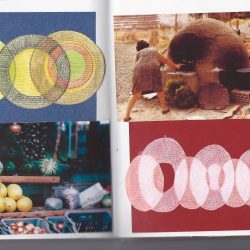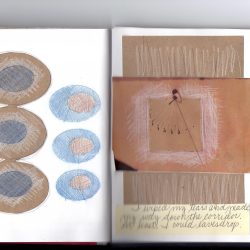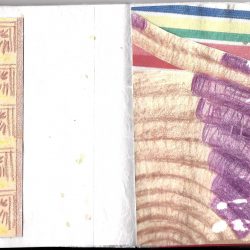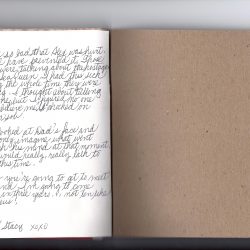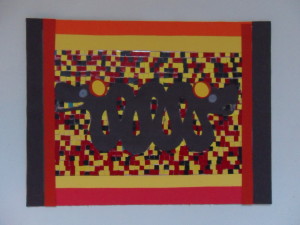Materials:
Paper in shades of pink, red, white and/or purple
Scissors
Pencil/eraser
Ruler or yard stick
Markers
Glue stick
Puncher for holes
Ribbon, paper twists or similar material
Heart-shaped stencils or templates (optional)
One chain link fence or interior wall (optional)
Project:
- Make a sign to celebrate Valentine’s Day or just make a string of hearts. Make a loop for every letter or heart and for the space between the words if you are making a sign. Make a loop at the beginning of your garland which will be blank and a loop for the end of your garland which will also be blank. For example, a sign that says “Happy Valentine’s Day!” will have 20 loops for the words (including the apostrophe and the exclamation mark), two for the spaces between words and an extra loop at each end. That would be a total of 24 loops.
- Use as many colored papers as you choose or use the suggested list of colors (above). Measure and cut the colored papers into ½” x 8” strips.
- Glue one strip of paper measuring ½” x 8” overlapping the ends. Then glue a strip of paper measuring ½” x 8” through the first loop. Alternate the colors of the paper strips until you have the required number of paper loops forming a garland.
- If you ae making a sign, cut paper rectangles in various colors about 1 1/2” by 3.” Make enough to spell out your message.
- Or cut out hearts using templates or stencils. Vary the design by cutting out small, medium and large hearts or overlap a small heart of one color over a larger heart of another color. See the examples provided.
- If you are sending a message, trace a letter on each paper rectangle by using a template, stencil or draw the letters free-hand. Trace or write free-hand any exclamation, question mark or symbol, too. Decorate the squares with paper hearts.
- Punch a hole at the top of each paper rectangle or heart. Punch a hole in the loops. Do not punch holes in the first and last loops and the loops that represent spaces between words.
- Cut string or pipe cleaners or similar material and loop it through the holes.
- VARIATION: Cut a slit in the hearts and loop it through the next loop. Close the loop.
- Use your imagination and glue seeds, glitter, sequins and other decorative objects! Dangle ribbon from the bottom of the hearts!
- Tie a string through the first and last loops and tie them on to the fence.
Happy Valentine’s Day!

